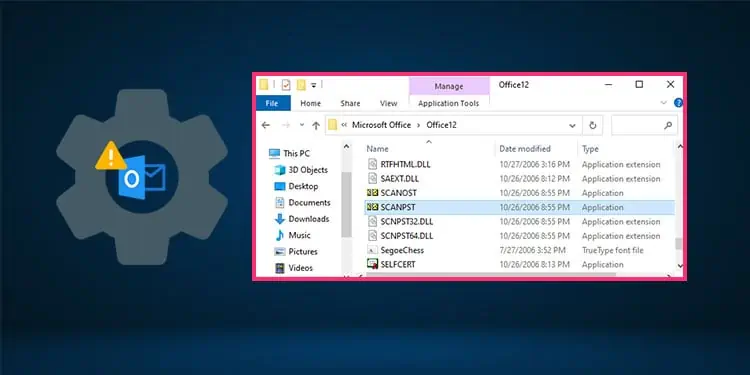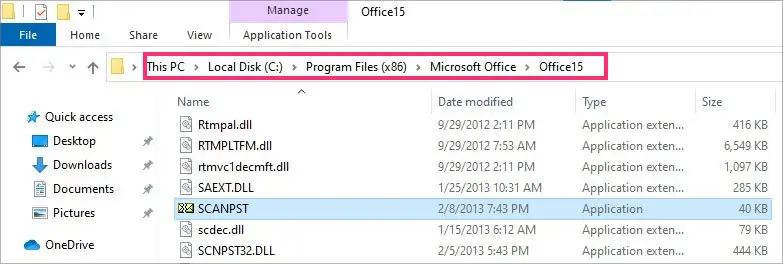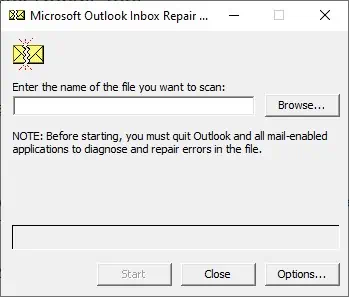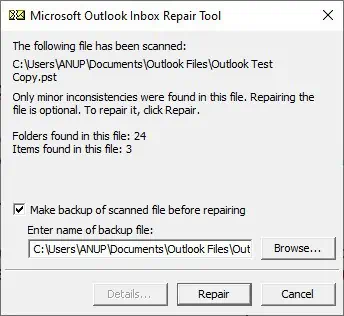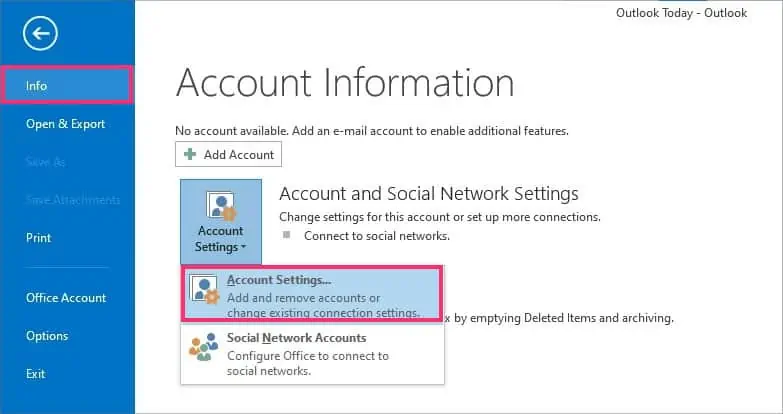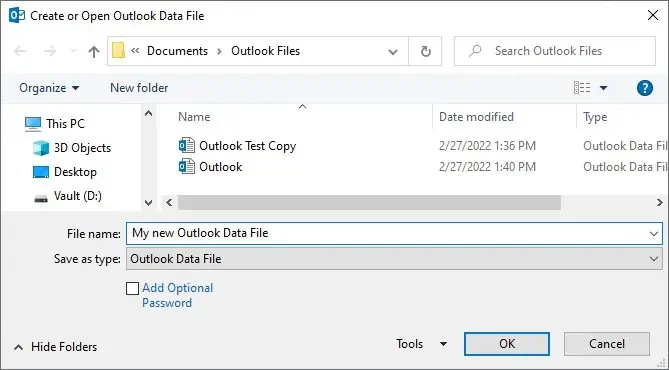The Outlook Personal Folder (.pst) file contains all your personal data like messages, emails, contacts, journals, and more. In case it ever gets corrupted, Outlook comes with a free repair tool you can use to recover your data.
The Inbox Repair Tool (Scanpst.exe) scans the Outlook data files on your PC and repairs any errors. This tutorial will show you how to repair your Outlook PST file using the Inbox Repair Tool.
Locate the Inbox Repair Tool
Exit Outlook and browse the location from the list below according to your Outlook version.
- Outlook 2019:
C:\Program Files (x86)\Microsoft Office\root\Office16 - Outlook 2016:
C:\Program Files (x86)\Microsoft Office\root\Office16 - Outlook 2013:
C:\Program Files (x86)\Microsoft Office\Office15
- Outlook 2010:
C:\Program Files (x86)\Microsoft Office\Office14 - Outlook 2007:
C:\Program Files (x86)\Microsoft Office\Office12
If you don’t see your Outlook version on the list, you can find a detailed list on the Microsoft Troubleshoot Page.
Use the Inbox Repair Tool
- Launch
SCANPST.EXE. - Select Browse to open the Outlook Data File (.pst) you want to scan. If you’re having difficulty locating your .pst file, please refer to the FAQ section at the bottom.

- Press Start to begin the scan.
- Click the Details tab if you want to see the results of the scan. Otherwise, make sure the Make Backup button is ticked before proceeding to the next step.

- Click on Repair to fix any errors that were found.
- Once the repair is complete, launch Outlook with the profile associated with the Outlook Data File you just repaired.
Things to Note
- Sometimes you’ll need to run the Inbox Repair Tool multiple times if the problem isn’t fixed on the first try.
- In some cases, the Inbox Repair Tool won’t be able to fix the problem, even after multiple tries. This happens if your PST file is too corrupted to repair.
Recover Repaired Items to a New .pst File
Next, you’ll create a new Personal Folder (.pst) file for your profile and move the recovered items there. The listed steps are for Outlook 2010 and later. For older versions, the steps may differ slightly. You can find detailed instructions for older versions on the Outlook Troubleshoot page.
First, turn on Folder List View by pressing CTRL+6. Press the arrows highlighted in the image above to expand the folder pane if necessary. The Lost and Found folder will contain the recovered data. Now, to create a new Personal Folders (.pst) file,
- Open the File tab from the Menu Bar and select Info.
- Click on Account Settings.
- Press Account Settings again from the dropdown menu.

- Switch to the Data Files tab.
- Press Add. This will launch the Create or Open Outlook Data File window.

- Enter a file name for your new Outlook Data (.pst) file, and then select OK.

- Your new Personal Folders (.pst) file will now show up below the old one on the Folder Pane. Drag the recovered items from the Lost and Found folder to your new PST file.

